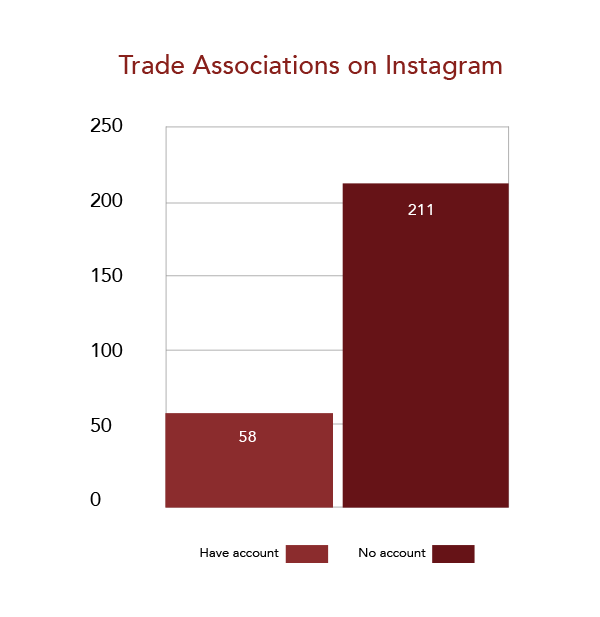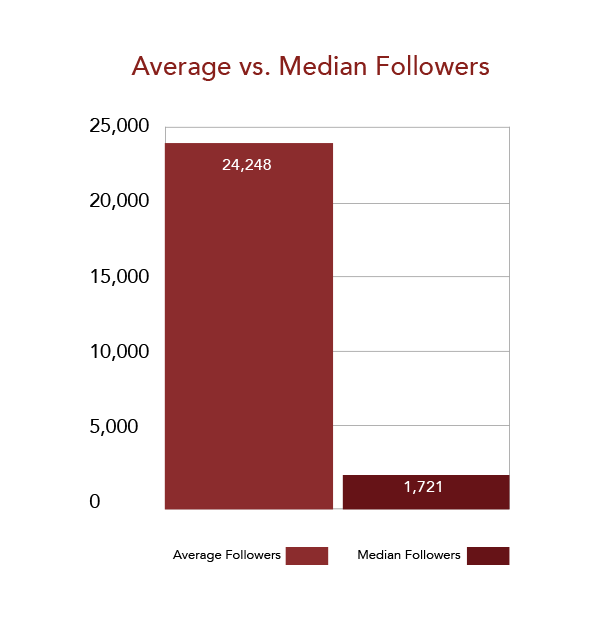Pretty much all of our clients, regardless of sector, have made Facebook and Twitter key parts of their digital strategy. They invest time and resources into producing content and growing their followings on these two social networks.
Instagram is a different story.
Instagram has experienced explosive growth the last few years, and is now the third most popular social networking site in the United States, trailing only Facebook and YouTube. 35% of Americans now use Instagram, compared to 25% and 24% for LinkedIn and Twitter respectively. Further, a study we recently conducted found that organizations are seeing much higher engagement levels on Instagram than other platforms.
Despite its widespread adoption and high engagement rates, professional use of the platform is mixed. Some organizations are thriving on Instagram. Others have written it off completely – perhaps out of the belief that their audience doesn’t use it and/or that their content isn’t suited for it.
We were curious about adoption of the platform in the sectors we work in. We decided to start our analysis by looking at a sector that might seem like an odd fit for Instagram: trade associations.
Working from a list of around 270 trade industry groups, we first looked at whether they had presences on Instagram that were actively maintained. We defined actively maintained as accounts that has been updated in the last three months. We found that only 22% of the trade associations we looked at are active on Instagram.

Next we looked at the number of followers associations that maintain presences on Instagram had.

As you can see, there is a huge difference between the average and median number of followers. The average is driven up by a few trade associations that have massive followings and are thriving on the platform. Only six of the 58 trade associations we looked at had more than the average number of followers.
The feeds that are successful are producing visual content that is appropriate for Instagram:
Each of these accounts focuses on one particular aspect of their work to craft a cohesive feed. As an example, the American Welding Society does a ton of things. They provide certification and education programs for welders, set industry standards, produce publications, sell materials, etc. But their Instagram feed isn’t trying to tell the entire story of the organization’s work. It is narrowly focused on getting people excited about welding by highlighting inspiring work by its members.
Given how large Instagram has become and the success many trade associations are having, it is worth a serious look to see if your association should be on it.
When considering whether to launch a presence I would ask three questions:
If the answer to all of these questions is yes, Instagram is a great platform for you.
Like this post? Check out our study on the social media usage of nonprofits.
Sign up today to have our latest posts delivered straight to your inbox.